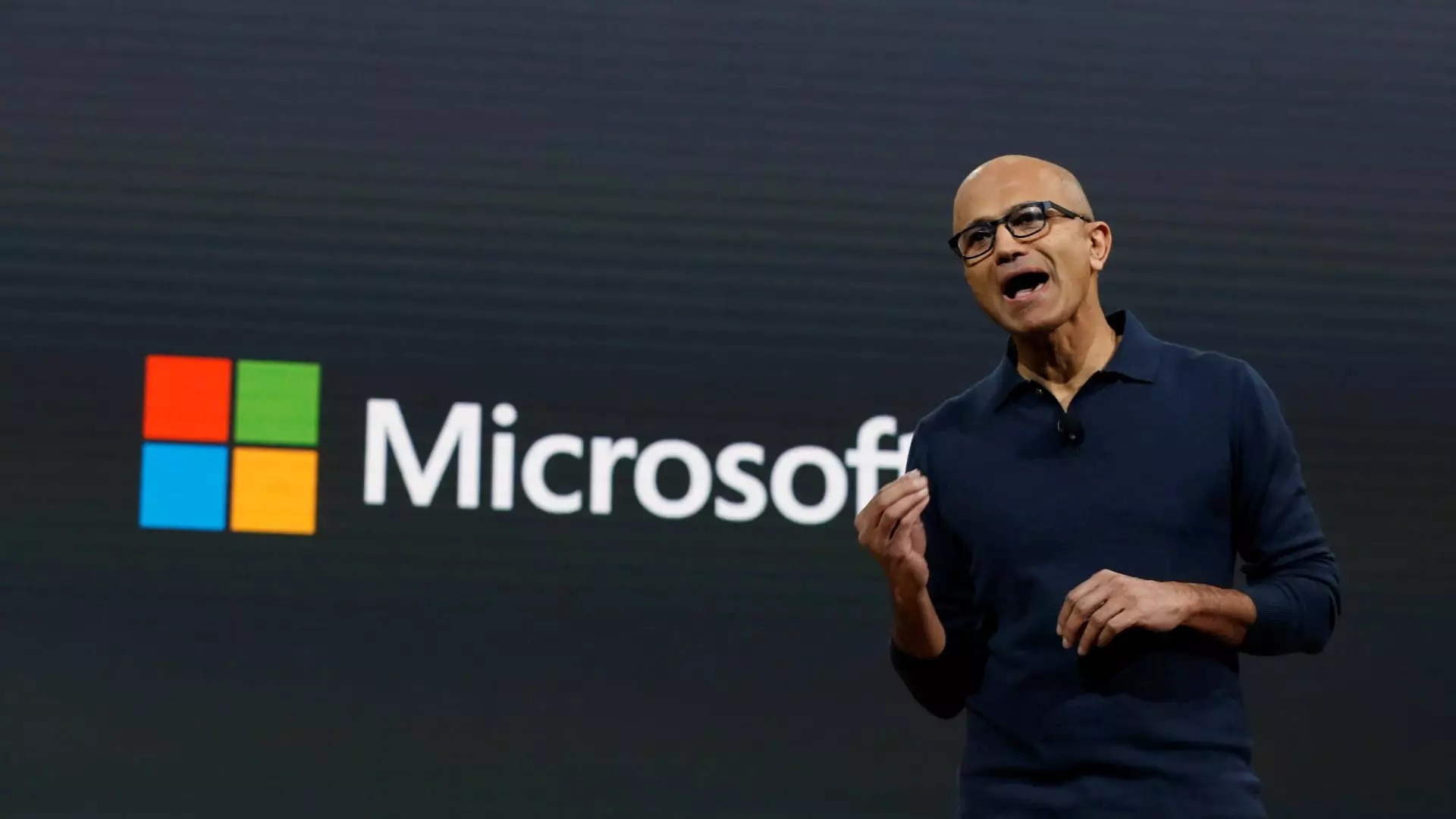In a groundbreaking move, Microsoft has partnered with Brookfield Asset Management in a deal worth more than $10 billion to develop renewable energy capacity to meet the increasing demand for artificial intelligence and data centers. The agreement, announced recently, outlines that Brookfield will be providing 10.5 gigawatts of renewable energy to Microsoft between 2026 and 2030 in the United States and Europe.
This collaboration between Microsoft and Brookfield marks the largest single electricity purchase agreement between two corporate entities. The 10.5 gigawatts of renewable energy capacity promised by Brookfield is three times the amount of electricity currently consumed by data centers in Northern Virginia, which is known as the largest data center market in the world.
A spokesperson for Brookfield has mentioned that the agreement will lead to a significant investment of over $10 billion in renewable energy. There is also a possibility that the scope of the deal may expand to include more energy capacity in regions such as the U.S., Europe, Asia, Latin America, and India. The focus of this agreement will be on utilizing wind, solar, and other emerging carbon-free technologies.
With the rise of artificial intelligence, semiconductor manufacturing, battery production, and the electrification of vehicles in the U.S., there is a surge in electricity demand across the country. After a decade of stagnant growth, it is projected that total electricity consumption in the U.S. will increase by 20% by the end of the decade according to a Wells Fargo Research report released in April.
Microsoft has set ambitious goals for itself, pledging to have all its electricity needs matched by zero-carbon energy purchases by 2030. This commitment to sustainability is evident in the partnership with Brookfield and the significant investment in renewable energy capacity to power the future of data centers and artificial intelligence.
Microsoft’s collaboration with Brookfield Asset Management in the renewable energy sector is a positive step towards meeting the growing energy demands of the digital age while also contributing to a more sustainable future. This investment not only highlights the importance of corporate responsibility but also sets a benchmark for other companies to follow in the transition towards cleaner and greener energy solutions.

